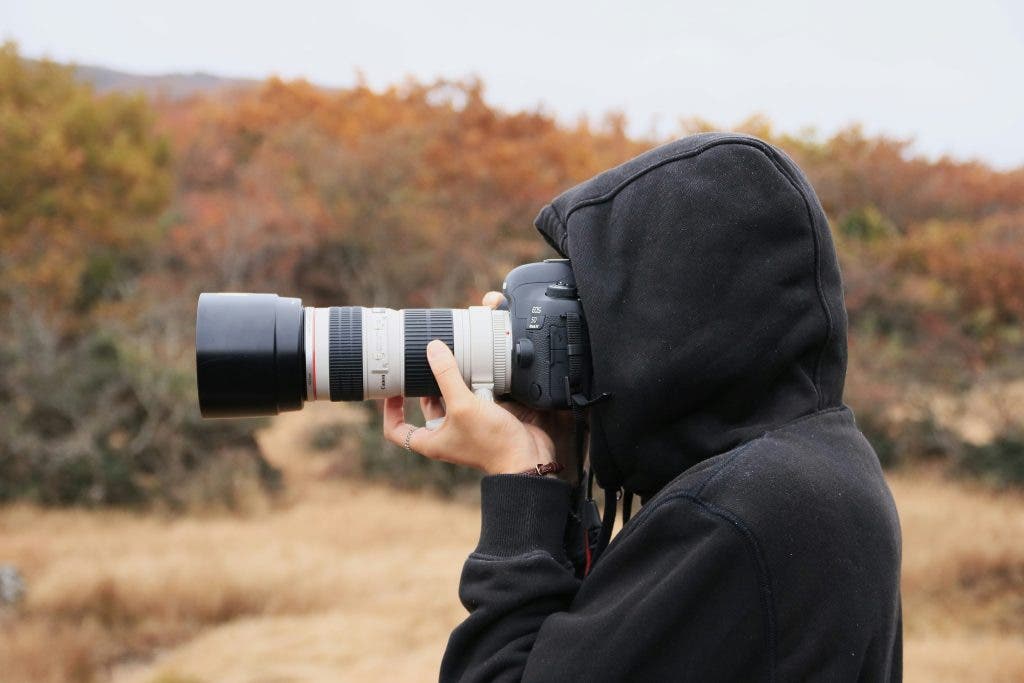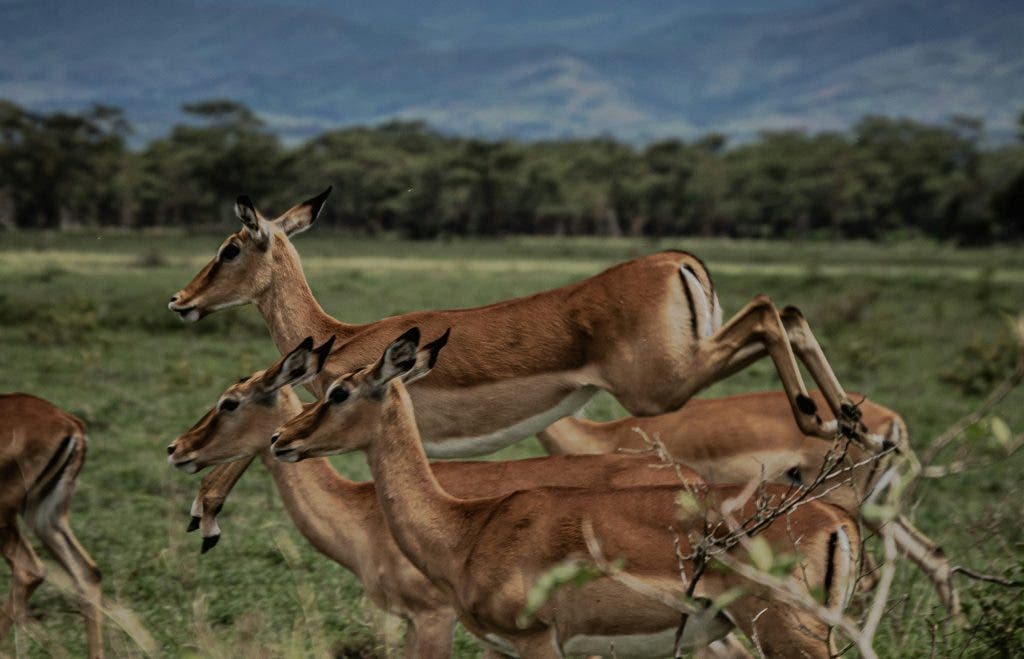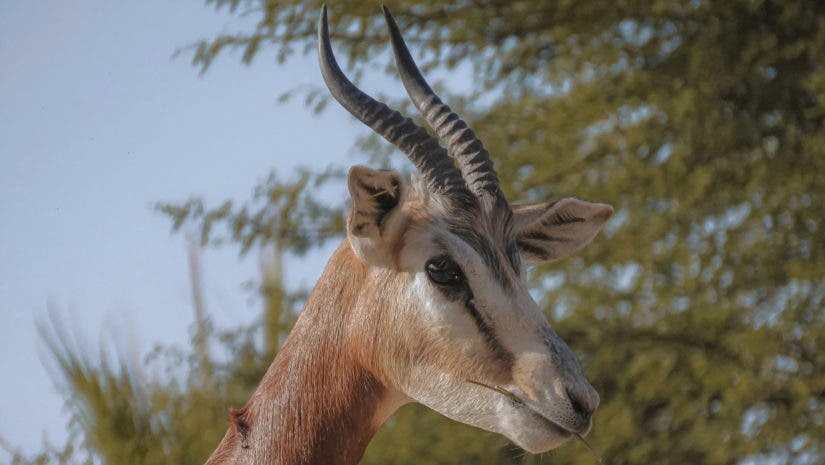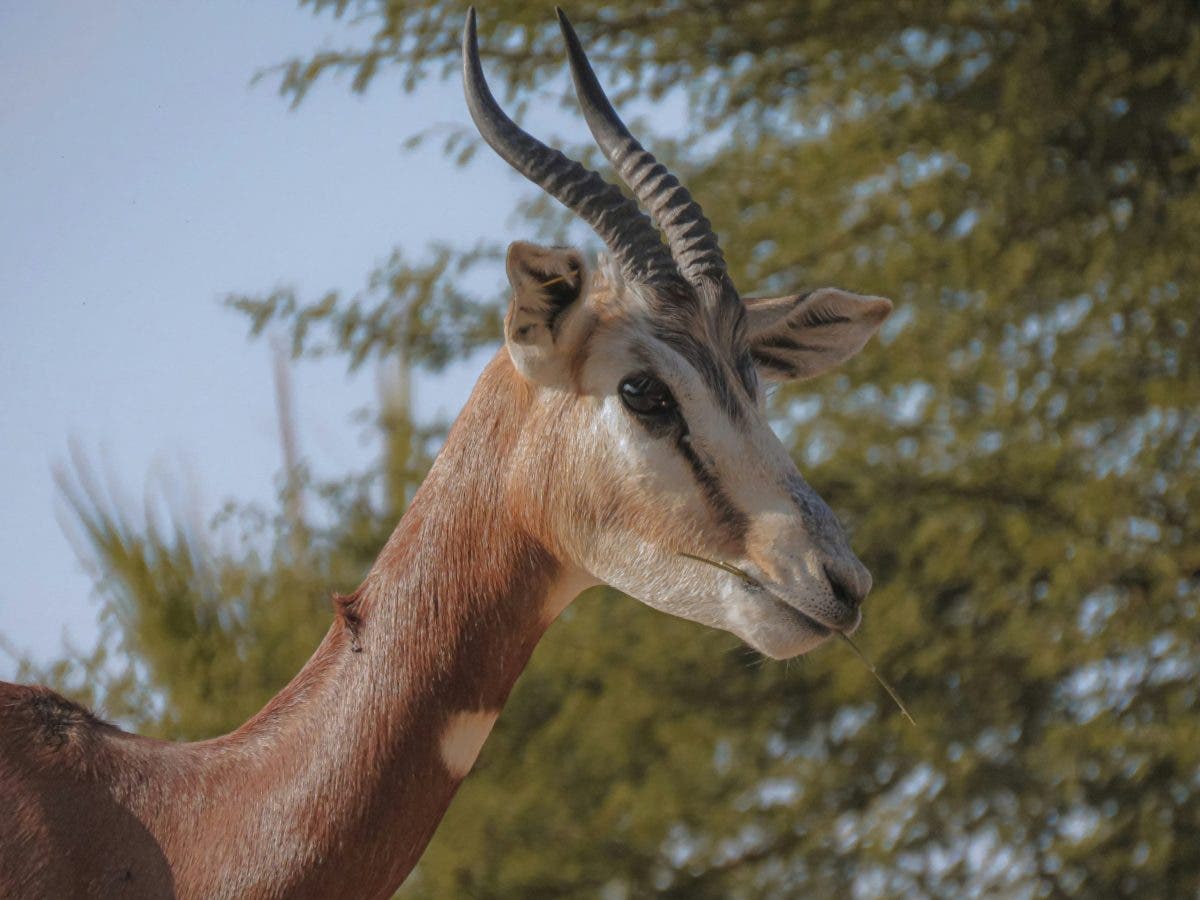When it comes to wildlife photography, having a wide range is absolutely needed. While many swear by the sharpness and speed of prime lenses, zoom lenses have emerged as the preferred tools for capturing the unpredictable beauty and creatures of nature.
With advances in image stabilization and optics, today’s zoom lenses for wildlife photography are the perfect mix of flexibility, portability, and precision. See the zoom lenses we recommend below!
Why zoom lenses?

Unlike prime lenses, zoom lenses quickly adapt to unexpected changes in scenes, like when subjects start sprinting or when they hop from one branch to another. This flexibility helps a bunch in wildlife photography.
For photographers working on a budget, getting one zoom lens instead of many small lenses is way more affordable. A budget lens that has a balance between quality and convenience. Oh, and there’s more! Many newly released zoom lenses come equipped with built-in image stabilization (IS) or vibration reduction (VR). Both make up for camera shake and allows for sharper images at slower shutter speeds. This is especially valuable when shooting handheld or in low-light conditions, such as at dawn or dusk when wildlife is most active.

Overall, zoom lenses present a compelling option for photographers who need to be ready for anything. Whether you are capturing a distant eagle in flight or a close-up of a deer in the underbrush, a zoom lens provides the adaptability and ease of use needed to make the most of every opportunity in the field.
Recommended Zoom Lenses Options
Here is our list of recommended zoom lenses for wildlife photography this year:
Tamron 50-400mm f/4.5-6.3 Di III VC VXD Lens
This Tamron VC VXD lens is a versatile plus compact zoom that bridges the gap between mid-telephoto and super-telephoto. It’s one of the best zoom lenses for wildlife photography for photographers who want range and portability in one lens.
Available for Nikon Z and Sony E mounts, this lens offers a wide focal length range that can cover anything from closer subjects to distant wildlife without changing lenses.
Tamron 28-300mm f/4-7.1 Di III VC VXD Lens
As a more budget-friendly option, this Tamron 28-300mm f/4-7.1 Di III VC VXD lens gives wildlife photographers a decent reach while still being pretty compact. It has good optical quality and definitely does the job, so it is still an excellent choice for beginners. Or maybe those just looking for a lightweight, all-in-one lens for their wildlife shots.
Tamron 150-500mm f/5-6.7 Di III VC VXD Lens
This Tamron 150-500mm lens is another strong contender for Sony E-mount users. With quite a wide focal range, this lens is dependable in many kinds of wildlife photography scenarios.
Tamron’s VXD autofocus system gives quick and accurate focusing, while the Vibration Compensation (VC) helps maintain image sharpness. The lens is also designed to be relatively compact and lightweight. Therefore, it’s easier to handle during long shooting sessions.
Canon 100-500mm f/4.5-7.1 L IS USM Lens
For Canon users, the 100-500mm f/4.5-7.1 L IS USM might be what’s missing in your wildlife photography package. It’s from Canon’s L series, known for giving professional-grade visuals in a sturdy body.
This lens has five-stop IS, which is a defining factor for maintaining sharpness at longer focal lengths and slower shutter speeds. The lens is also weather-sealed, making it a reliable choice for shooting in various outdoor conditions.
Nikon NIKKOR Z 180-600mm f/5.6-6.3 VR Lens
This NIKKOR Z VR lens offers an impressive focal range, going from 180 to 600, that is perfect for capturing distant wildlife. It has built-in VR tech that reduces camera shake, so your pictures stay sharp.
The lens is also relatively lightweight for its class! So, it’s a more portable option for wildlife photographers who are often on the move.
Nikon NIKKOR Z 70-180mm f/2.8 Lens
This Nikon zoom lens is a bit different from the others on this list, offering a shorter zoom range. However, it makes up for it with its fast f/2.8 aperture.
While it may not offer the same reach as the longer zooms, starting at 70mm and finishing at 180mm still leaves a lot of room for adjustments. Plus its wider aperture, which allows for more creative control over depth of field.
Sigma 60-600mm f/4.5-6.3 DG OS HSM Sports Lens
The last one on our list is a Sigma Sports lens that offers the widest zoom range on this list. You can photograph birds in flight or capture animals in their natural habitats from far away, this lens can cover all the bases.
The Optical Stabilizer (OS) system takes away your camera shake like it never even happened, allowing for sharper images at slower shutter speeds. Its hella strong build quality is designed to withstand harsh outdoor conditions, making it a reliable companion in the field.
Be Ready for the Moment
Zoom lenses have changed the game for wildlife photographers everywhere, offering everything photographers need to adapt to the unpredictable rhythms of nature. While they come with a few trade-offs in terms of aperture size, image quality at extreme ranges, and autofocus speed, the latest advancements in lens technology and camera performance have made these concerns more manageable than ever.
For both budding photographers and seasoned pros, zoom lenses provide a versatile toolkit to capture the wild in all its breathtaking variety — empowering every photographer to be ready for the moment, no matter how fleeting or distant it may be.






